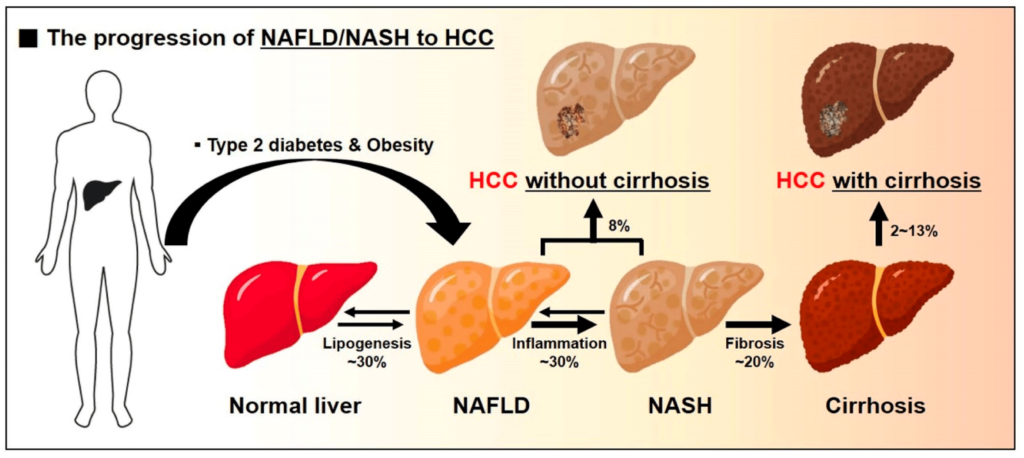A recent study published in Clinical Gastroenterology and Hepatology has highlighted the multiple benefits of glucagon-like peptide-1 receptor agonists (GLP-1 RAs) in patients with type 2 diabetes (T2D) and compensated liver cirrhosis. The researchers found that the use of GLP-1 RAs was associated with a lower risk of cardiovascular disease, death, liver failure, hepatic encephalopathy, and decompensated cirrhosis. However, the researchers stress the need for additional studies to validate these findings.
Liver cirrhosis is often seen in individuals with T2D, but there is limited research available on the treatment of T2D in cirrhosis patients. To address this gap in knowledge, Chii-Min Hwu from National Yang-Ming Chiao Tung University, Taipei, Taiwan, and colleagues conducted a population-based cohort study to investigate the long-term outcomes of GLP-1 RAs in patients with T2D and cirrhosis.
The researchers identified 467 pairs of matched GLP-1 RA users and nonusers with T2D and compensated liver cirrhosis from the National Health Insurance Research Database of Taiwan through propensity-score matching between 2008 and 2019. They then compared the occurrence of cardiovascular events, all-cause mortality, decompensated cirrhosis, and other key outcomes between the two groups using multivariable-adjusted Cox proportional hazards models. The mean follow-up time was 3.06 years for GLP-1 RA nonusers and 3.28 years for users.

The study uncovered the following key findings:
– The death rate was 27.46 per 1000 person-years for GLP-1 RA users, compared to 55.90 per 1000 person-years for nonusers.
– The multivariable-adjusted models demonstrated that GLP-1 RA users had a lower risk of mortality (adjusted hazard ratio aHR 0.47), cardiovascular events (aHR 0.6), decompensated cirrhosis (aHR 0.7), hepatic encephalopathy (aHR 0.59), and liver failure (aHR 0.54) compared to nonusers.
– A longer cumulative duration of GLP-1 RA use was associated with a decreased risk of these outcomes compared to non-use of GLP-1 RAs.
Based on these findings, the researchers conclude that GLP-1 RAs may be a viable treatment option for patients with T2D and liver cirrhosis. However, the study has limitations due to incomplete information on factors such as family history, body weight, diet, physical activity, biochemical tests, pathology, haemoglobin A1C, and imaging findings. Therefore, further studies are necessary to confirm the results and investigate the mechanisms behind the benefits of GLP-1 RAs in cirrhotic decompensation and hepatic encephalopathy.



